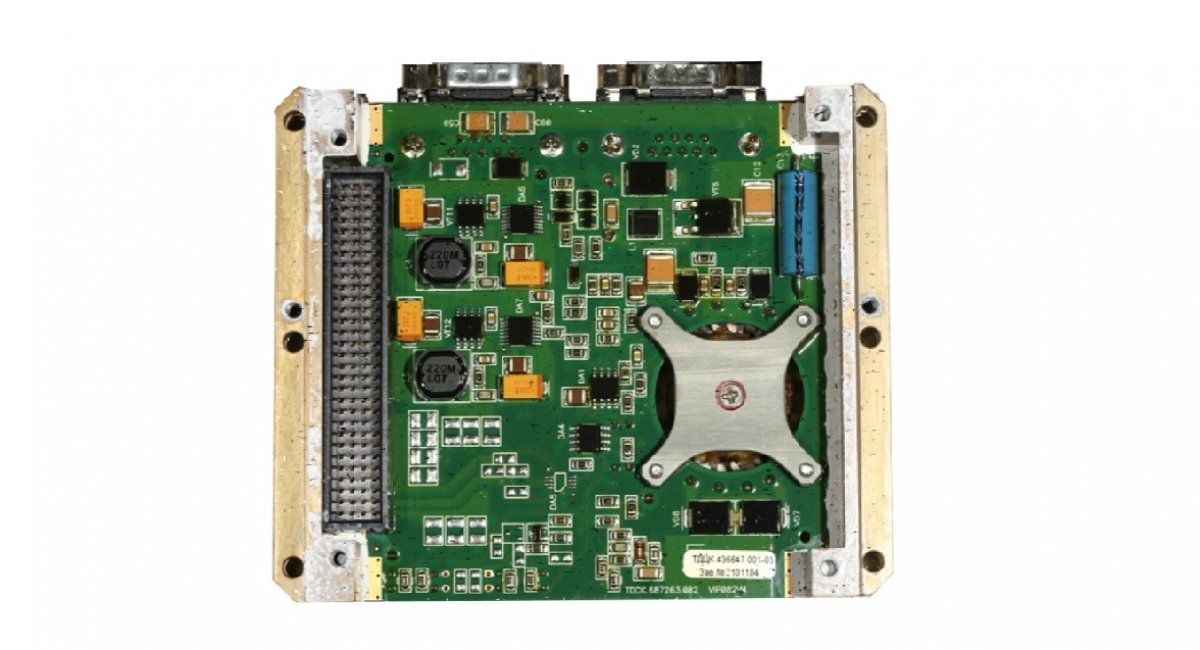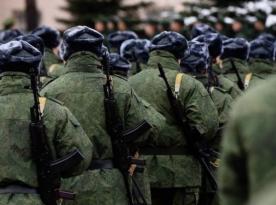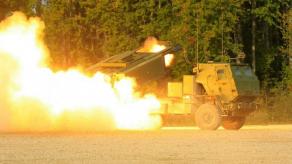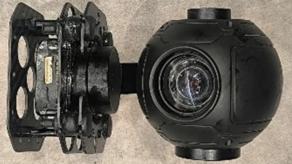Investigators who examined the electronics in Russia’s newest cruise missiles and attack helicopters were surprised to find decades-old technology reused from earlier models. They analyzed the remains of three types of Russian cruise missiles — including Moscow’s newest and most advanced model, the Kh-101 — and its newest guided rocket, the Tornado-S.
The weapons are top of the line in the Russian arsenal. But they contained fairly low-tech components SN-99 that on close inspection, the team said, proved to be satellite navigation receivers that are critical for the missiles’ operation. This basic satellite navigation system that was also found in other captured munitions.
Read more: How Many S-300 Missiles It Took to Repel a russian Four-Missile 'Kalibr' Attack
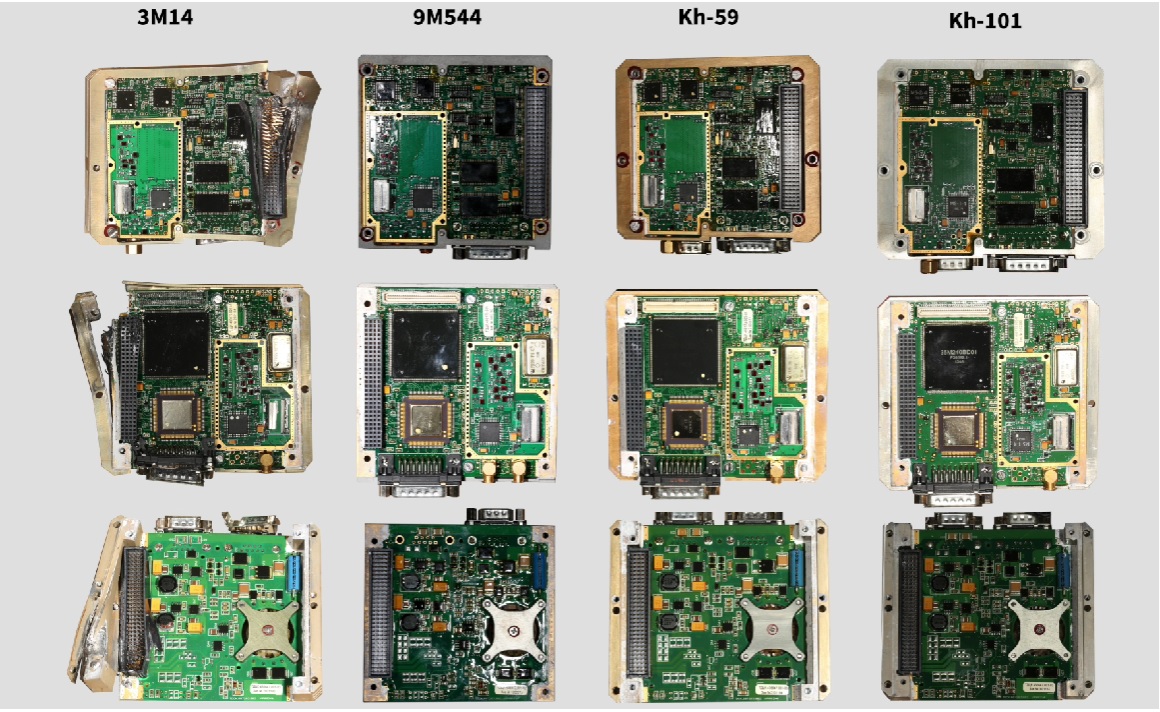
The report of Conflict Armament Research undercuts Moscow’s narrative of having a domestically rebuilt military that again rivals that of its Western adversaries.
But it also shows that the weapons Russia is using to destroy Ukrainian towns and cities are often powered by Western innovation, despite sanctions imposed against Russia after it invaded Crimea in 2014. Those restrictions were intended to stop the shipment of high-tech items that could help Russia’s military abilities.
“We saw that Russia reuses the same electronic components across multiple weapons, including their newest cruise missiles and attack helicopters, and we didn’t expect to see that,” said Damien Spleeters, an investigator for the group who contributed to the report. “Russian guided weapons are full of non-Russian technology and components, and most of the computer chips we documented were made by Western countries after 2014.”
Mr. Spleeters said that Russia’s use of the same components pointed to bottlenecks in its supply chain and that restricting the supply of SN-99 components would slow Moscow’s ability to replenish its diminishing stockpile of guided weapons.
The investigators found an overall reliance by Russian engineers on certain semiconductors from specific Western manufacturers, not just in munitions but also in surveillance drones, communications equipment, helicopter avionics and other military goods.
“Over time, the Russians kept going back to the same manufacturers,” Mr. Spleeters said. “Once you know that, it gets easier to target those networks.”
“Looking at the computer chips in the same positions across multiple circuit boards, they were always made by the same manufacturers,” he said. “You’d have different dates of production, but always the same manufacturer.”
The report also revealed sharp differences between Russia’s top-shelf weapons and those that Ukrainian forces have received from the United States.
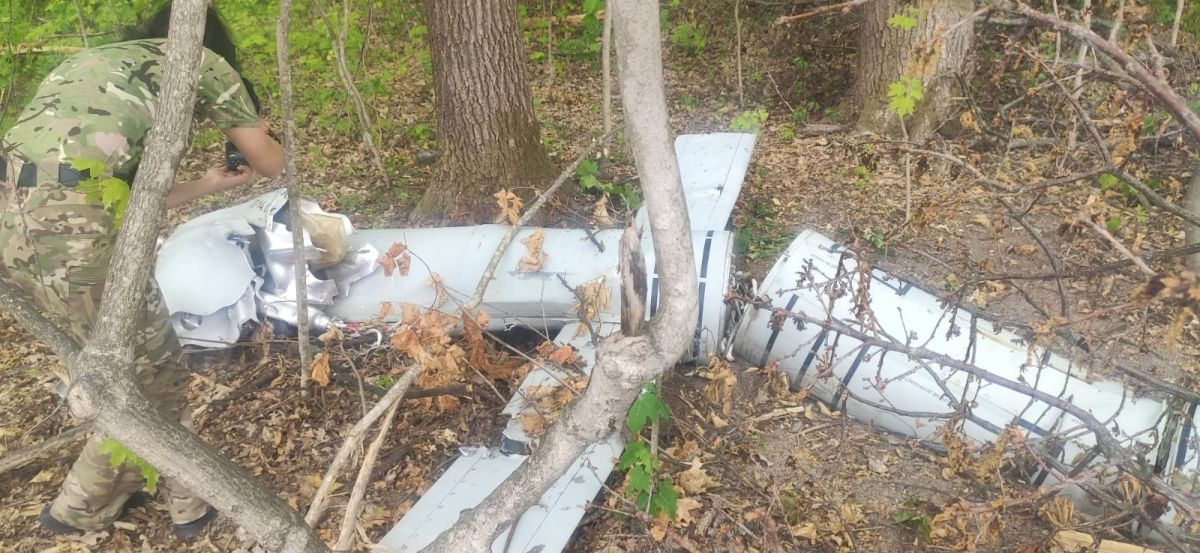
Warring parties often examine captured military hardware for intelligence value. But the investigators said they were shocked by Russia’s apparent indifference to having so many weapons that an adversary could potentially reverse-engineer.
“This is late 1990s or a mid-2000s level of technology at best,” Arsenio Menendez, a NASA contractor who reverse-engineers guided weapon components as a hobby, said after examining photos of Russian military electronics taken by the researchers. “It’s basically the equivalent of an Xbox 360 video game console, and it looks like it’s open to anyone who wants to take it apart and build their own copy of it.”
Read more: Air Defense Foces of Ukraine Repelled russian Attack by Kalibr Missiles




